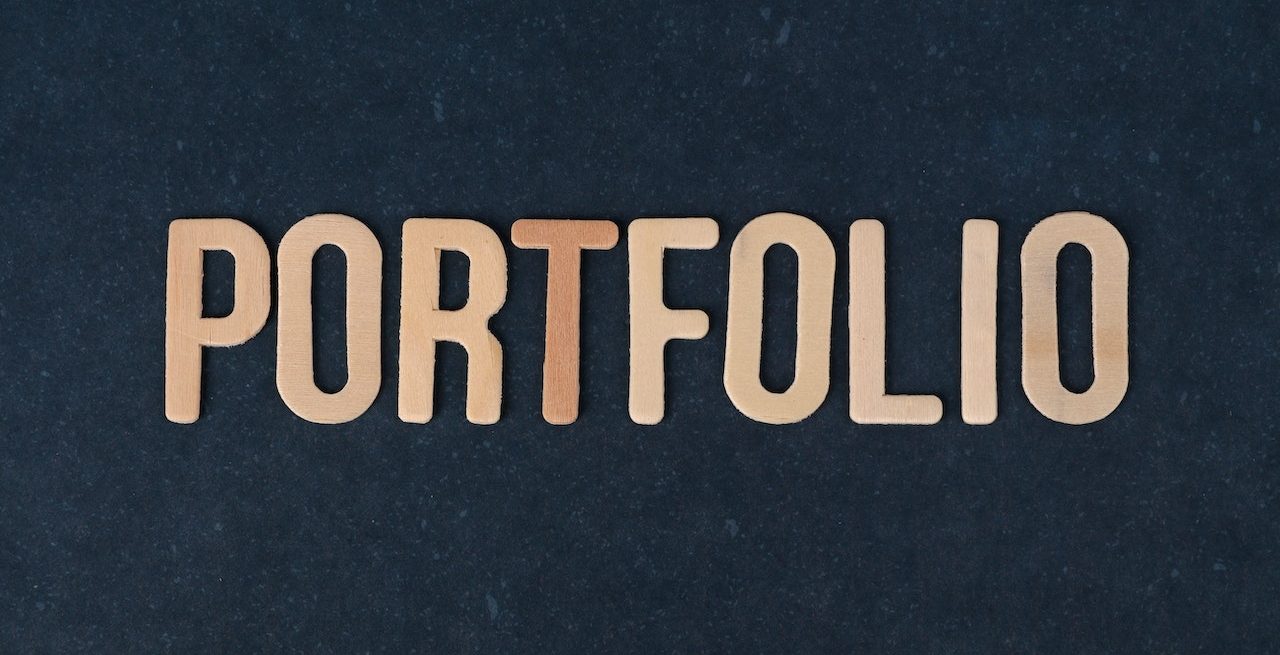Top Three Reasons Why Multi-Unit Operators Should be Looking at Fast Casual Brands to Expand their Portfolio in the Restaurant Industry
3 Min Read By Chris Cheek
Multi-unit restaurant owners in the have lots of reasons for wanting to diversify their brand portfolios. After experiencing significant headwinds of a pandemic followed by historic inflation, many multi-unit restaurant franchisees might be looking outside the industry for diversification.
As a veteran of the restaurant industry, I’ve always espoused that it is critical not to put all your eggs in one basket if you have the capital, time and energy to get into other categories. However, I also believe that you don’t remove risk if you extend yourself into a category that you don’t know. I share the same feelings about non-restaurant franchises moving aggressively into the restaurant space. The restaurant industry comprised of our guests, team members and franchisors require unique knowledge learned over time. Depending on the complexity of the brand, there are very few restaurant franchisors adequately prepared to teach someone to run a restaurant for the first time in their life.
Which brings us back to the restaurant industry. According to a study conducted by Technavio, the fast casual restaurant industry will witness a compound annual growth rate of over 12 percent from now until 2026. I believe that fast casual continues to be a great place for savvy multi-unit restaurant franchisees to diversify. Here are three reasons why.
Diners Are Financially Squeezed
Economic pressure has consumers trading down in terms of where they are spending their dining dollars. That doesn’t mean they are trading in their filet mignon for a fast-food burger, but rather they are looking for a more culinary-driven menu at a lower price point.
Savvy restaurant franchisees should be looking at fast casual brands to meet this consumer where they are. The right fast casual brand is in the “trade-down” sweet spot of offering a more premium product than a QSR while having the ability to deliver on what consumers want in terms of price, experience and hospitality
More and more, consumers want exciting flavor profiles, better ingredients and food that is cooked fresh in the restaurant rather than defrosted, fried or microwaved. Fast casual brands, like the one I currently work for – Modern Market Eatery – are increasingly taking over that space and earning a loyal following for their culinary flexibility and innovation that they can serve up at prices less than upscale dining.
Consumers Want Convenience
It’s also Important to recognize now more than ever – and even before the pandemic – consumers are all about saving time and keeping things simple. Restaurant brands that had to scramble to get into take-out and off-premise at the start of the pandemic learned this the hard way. Further to this point, restaurant operators have found that the large restaurant designs from before (and the associated higher occupancy costs) are no longer needed due to the sharp rise in off-premise. Modern Market has always designed efficient restaurants under the 3,000 sq ft threshold.
But because fast casual has straddled the line between culinary excellence and convenience, it’s perfectly positioned to be flexible for those unexpected challenges that led you to want to diversify in the first place. You can deliver a superior product at the speed consumers want – in good times and bad.
Sustainability and Quality Ingredients Matter
The fast casual restaurant market is now being driven by innovative, healthier brands. Studies show that consumers want to eat healthier and are more loyal to brands with strong sustainability practices and sourcing.
This trend is what’s driving the growth of Modern Market Eatery, which was founded in 2009 on the principle that fast food can still be nutritious and flavorful. Modern Market ethically sources all proteins and prepares all ingredients in-house, one of the only doing so at this scale in the industry.
Where clean eating options and sustainability was once a “nice to have,” increasingly, it’s becoming a must-have, and fast casual dining is leading the way. Where a full-service or upscale dining model is seen as a treat or a cheat, fast casual dining is a daily event and it’s where people live out their values and choose to eat based on the brands that meet those expectations.
The multi-unit restaurant operators who diversify their portfolios within the industry should look to brands that are designed for the future and consider food quality, experience, convenience and sustainability that is increasingly the domain of fast casual brands to add stability to their holdings.


